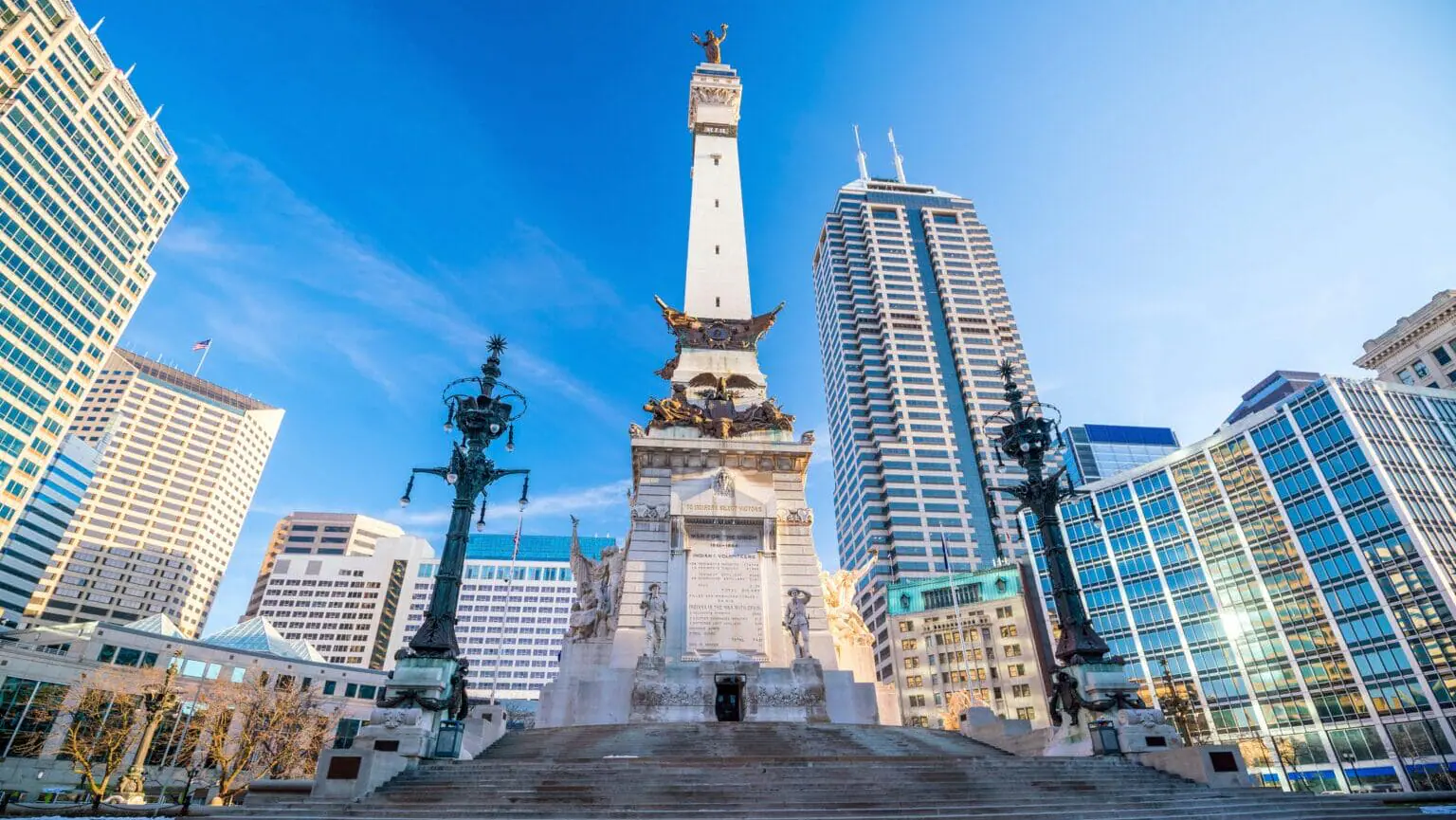Marion County becomes majority non-white
(INDIANA CAPITAL CHRONICLE) — Marion County, Indiana’s most populous county, became majority non-white between 2020 and 2023, according to recently released U.S. Census Bureau data.
The consolidated city-county recorded a net loss of about 8,000 residents over that period.
It gained about 7,000 Black, 5,000 Hispanic and 3,900 Asian residents but lost nearly 200 Native Americans.
“I welcome diversity to my district, and I would hope that everybody would embrace that as well,” said Rep. Cherrish Pryor, D-Indianapolis. She represents a “very diverse district on the northwest side of Indianapolis.”
Pryor, who is a member of the Indiana Black Legislative Caucus, anticipates more racial and ethnic diversity in the county’s representation at the Statehouse, as well as growth in non-white voting power.
Marion County also lost about 23,000 white residents.
Recently deceased senior residents may account for some of the losses, per an X thread by urban analyst Aaron Renn. Others may have moved.
“This kind of movement, slowly, does have an effect,” said Aaron Dusso, a political science professor at Indiana University in Indianapolis.
He said that residents may consider politics in choosing where to live.
Marion County, for example, is a Democratic stronghold, but it has lost population as largely Republican neighboring counties have grown.
“One thing this could suggest … is that people are moving to places where they feel their politics are more aligned,” Dusso said.
Although Marion County maintains a Democratic governor and a supermajority in the City-County Council, Pryor said there’s room for all in the sprawling metropolis.
“I certainly don’t want us to lose any residents of Marion County,” she said. “There’s a place for all races in Marion County.”
Demographic changes could also present opportunities to Republicans looking to make inroads with Black, Hispanic and other non-white voters.
“It’s not terribly surprising, because, you know, being conservative isn’t just for white people,” said Dusso, who noted that Black and Hispanic voters are often religious, a trait that is correlated with conservatism.
“What’s interesting about these polls, though, is that a lot of the gains that they’re seeing is really among the younger people,” Dusso remarked.
While Marion County has by far the most residents of any Hoosier County — with nearly double the population of the next-most populous county — its losses could impact its influence in the Statehouse.
“It always diminishes the influence of that core city,” Dusso said.
But he also noted that, should the losses continue, Marion County could be easier to gerrymander. Gerrymandering is manipulation of political boundaries intended to benefit a specific party or constituency. It’s common in red and blue states alike.

“Right now, the state is gerrymandered by packing,” Dusso said. “You just ‘pack’ all the Democratic votes into Marion County and then the northwest corner. You give up two congressional seats and however many state legislature seats you need to, and then you take everything else.”
But lawmakers could, in redrawing electoral districts, “crack” Marion County more instead. That gerrymandering strategy dilutes a specific constituency’s votes by carving up a district and doling out the slices to districts with an opposite political lean.
“Quite frankly, I wouldn’t want a bunch of our districts to have overlap with two or three counties, where it ends up diluting the votes of people in Marion County,” Pryor said.
Tim Henderson of States Newsroom’s Stateline contributed reporting.
